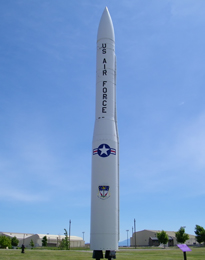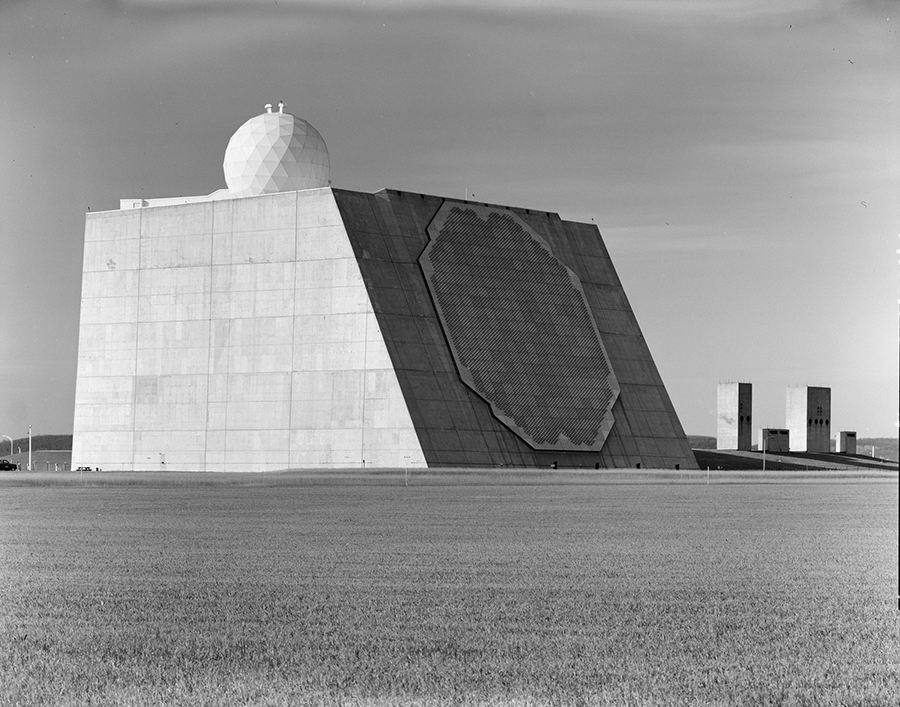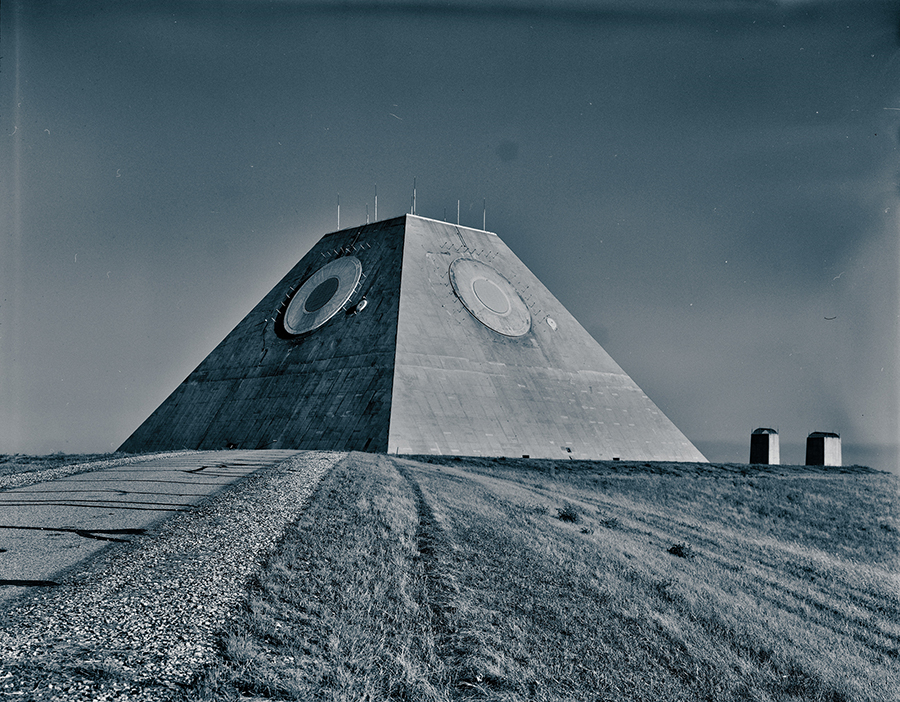Stanley Mickelsen Safeguard Complex
Anti Ballistic Missile Defense System
The Stanley Mickelsen Safeguard Complex consisted of a number of military structures built near Grand Forks, North Dakota that provided a defense system that supported the United States Army's Safeguard anti-ballistic missile defense program. The Safeguard complex provided the capacity for launch and control for a total of 30 LIM-49 Spartan anti-ballistic missiles, and 70 short range Sprint anti-ballistic missiles.
The area chosen to construct the Safeguard Complex covered the Minuteman missile Launch Facilities of the 321st Strategic Missile Wing at Grand Forks AFB. Based on the agreements outlined in the 1972 Anti-Ballistic Missile Treaty, the United States was allowed to construct an Anti Ballistic Missile defense system to protect an area containing Minuteman missiles and their Launch Facilities. An ABM system consisting of a total of 100 Launch Facilities and 100 anti-ballistic missiles was the maximum allowed under the ABM Treaty.
There were two types of missiles used to intercept any incoming enemy ICBMs. The Spartan missile was designed to be used against a long range attack before the enemy ICBM warheads were able to reenter the atmosphere. The second missile, the Sprint, was designed to be utilized in the closer range of any enemy warheads that were able to avoid defensive action from the Spartan missile. Both the Spartan and the Sprint were armed with nuclear warheads themselves, designed to assure the elimination of their targets.
Perimeter Acquisition Radar - PAR
The Perimeter Acquisition Radar site (as pictured above) was designed with a huge phased array radar pointing to the north. Its design was to provide the means for early detection as well as gathering trajectory information on any incoming enemy Intercontinental Ballistic Missiles. The technology used in the design of the PAR ensured that it could acquire an object the size of a basketball, approximately 9.4 inches, from a distance of 2100 miles.
The Perimeter Acquisition Radar excelled at long range detection and surveillance of any possible enemy attack. Its design also provided for analysis of and potential target selection given the threat of an incoming enemy ICBM/ICBMs, which would then be used to provide data for intercept by a Spartan ABM missile. This feature was crucial to increase the range of any Spartan missile's field of fire. Launch time was crucial in this respect. The PAR itself was not designed for missile guidance. This is where the Missile Site Radar, MSR, stepped in. The Perimeter Acquisition Radar provided crucial information regarding the target identification, location and its trajectory to the MSR, which then compiled this information for missile guidance, if and when an anti ballistic missile was launched.
Missile Site Radar - MSR
The Missile Site Radar (as pictured above) was designed to compile all of the information gathered at the PAR site in forming a targeting and intercept path for one or more of its anti-ballistic missiles. The Missile Site Radar had four phased array radars that gathered additional data through its radar system. The MSR system gathered additional target tracking and surveillance information in its preparation for guidance information for its Sprint and Spartan missiles.
The Spartan Launch Facilities were only deployed at the Missile Site Radar location. The Sprint Launch Facilities were deployed both at the MSR location, as well as four strategically placed Remote Sprint Launch, RSL, locations. The placement of the Remote Sprint Launch sites shortened the distance the Sprint missile would have from its Launch Facility and its enemy target. The Sprint missile had an extremely high rate of acceleration, which was essential in its task to intercept any enemy targets that evaded the defensive attempts of a Spartan missile.
Stanley R. Mickelsen Safeguard Complex
The Stanley R. Mickelsen Safeguard Complex was named for Stanley R. Mickelsen, who had been a commanding general of the U.S. Army Air Defense Command.
The Safeguard Complex in North Dakota became active on April 1, 1975 and became fully operational September 28, 1975. However, the House Appropriations Committee had already voted to deactivate it. The complex was shut down February 10, 1976.
For additional information on the Stanley R. Mickelsen Safeguard Complex, follow the link below. This author highly recommends this site. It is the sole effort of Dave Novak, who has put together by far the most comprehensive website available focused on the Safeguard Complex. The website is extremely well designed and contains a wealth of photos, documents, images and information. Dave was very gracious in answering a number of questions this author was curious about, regarding the Safeguard Complex.
10th Space Warning Squadron - 10th SWS
After the Army deactivated the Safeguard Complex, the PAR site remained and the rest of the complex was abandoned. The PAR site was then transitioned to operational control by the Air Force in October 1977. The site was designated as the Cavalier Air Force Station, in which the PAR was operated as part of the Air Forces' early warning system. The site remains active, and much of the equipment that was installed in the early 70s is still in use today. It is currently operated by the Air Force Space Command, 10th Space Warning Squadron, 10th SWS.



